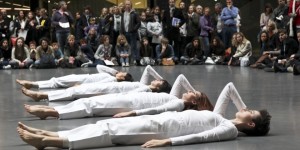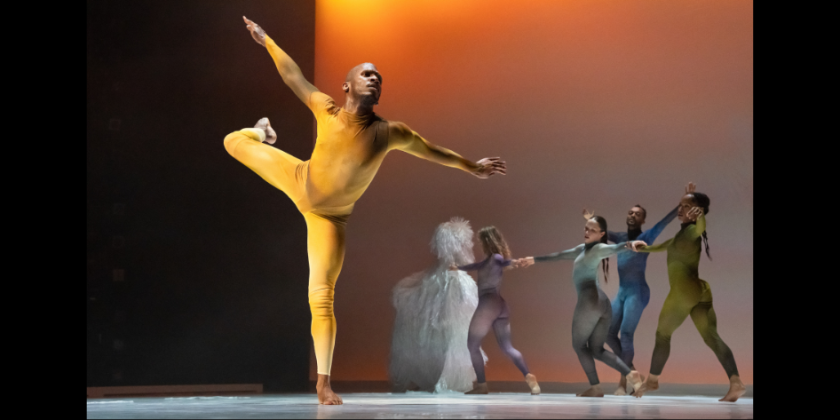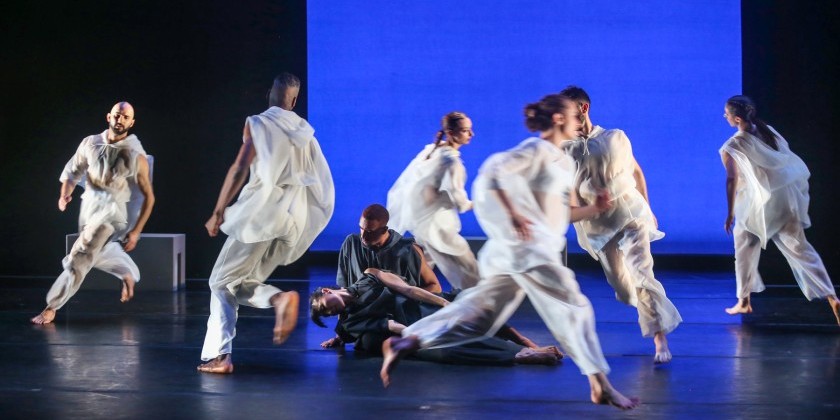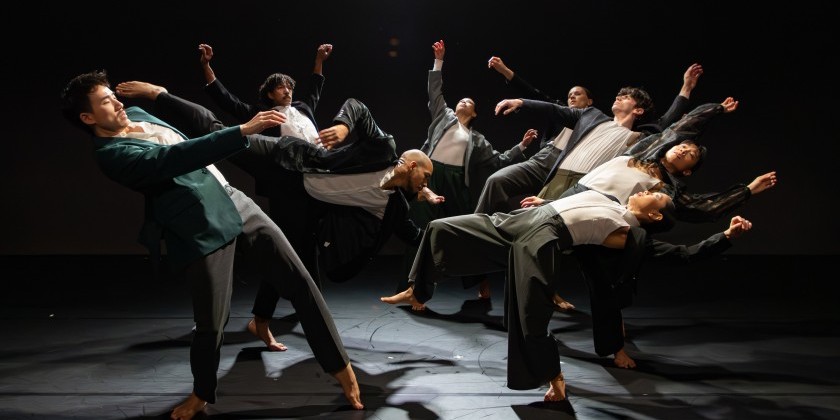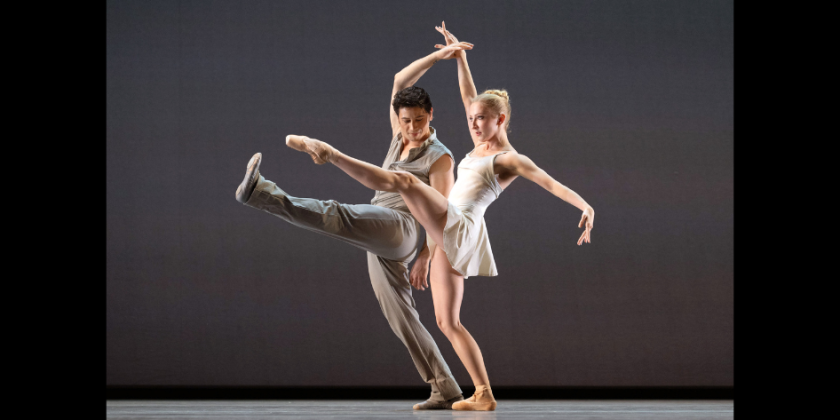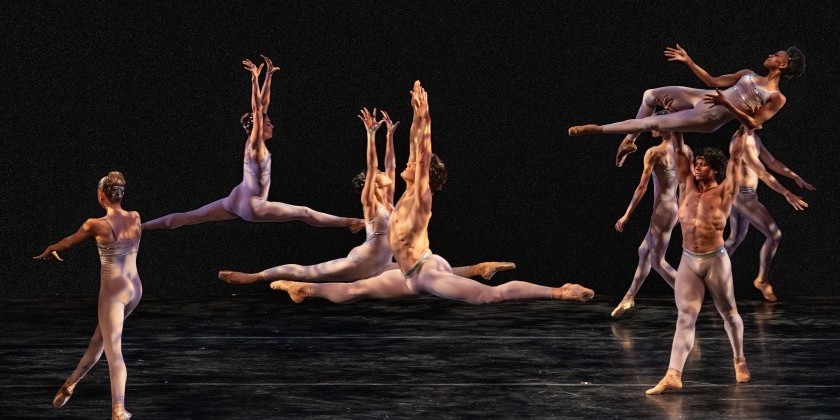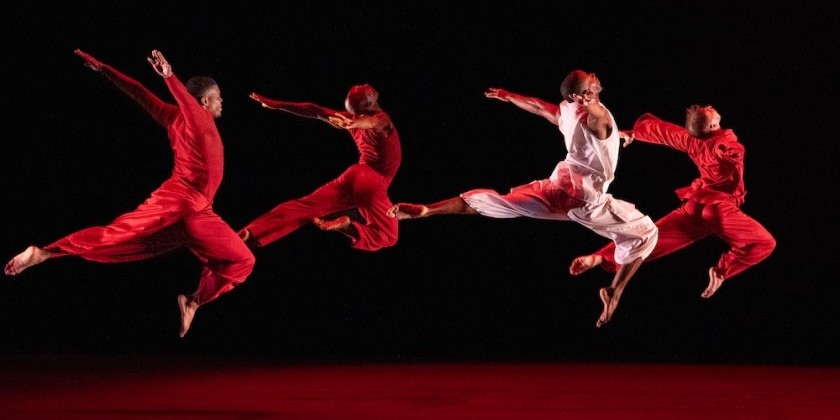Impressions of Limon Dance Company's 2014 New York Season
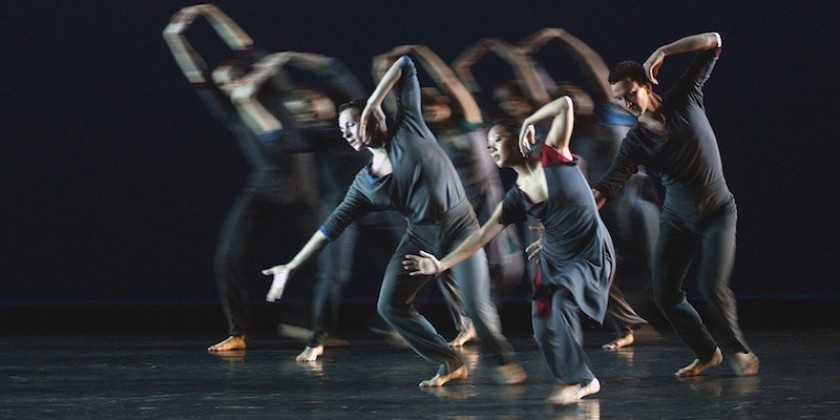
At The Joyce
The Limon Dance Company
Joyce Theater, New York City
April 29 – May 4, 2014 (seen April 29 and May 3, evening)
I had the great privilege to see the Limón Company’s program twice this past week. I am glad that I did. In the course from Tuesday’s opening night performance to the sold out Saturday night show, the dancers had become more comfortable in the group premiere Nocturnes for Ancestors by choreographer Sean Curran. Dancers, who were timid earlier in the week, reveled in the various movement styles, which at first seemed to originate from India, since the music by Lucia Caruso and Pedro H. da Silva and the colorful costumes (by Amanda Shafran) also hinted at temple dances from Asia. Ever-changing patterns kept the piece lively and sent me on an imaginary journey around the globe. Soon I gave up trying to identify the movement sources, but I swear that Irish ancestors were among those honored in Curran’s dreamy night flight. If the excitement in the closing party dance section of the work came across as “faux” in its first performance, the joy seemed more authentic as dancers, by the end of the week, started to inhabit the foreign movements and accepted them as part of their bloodstream.
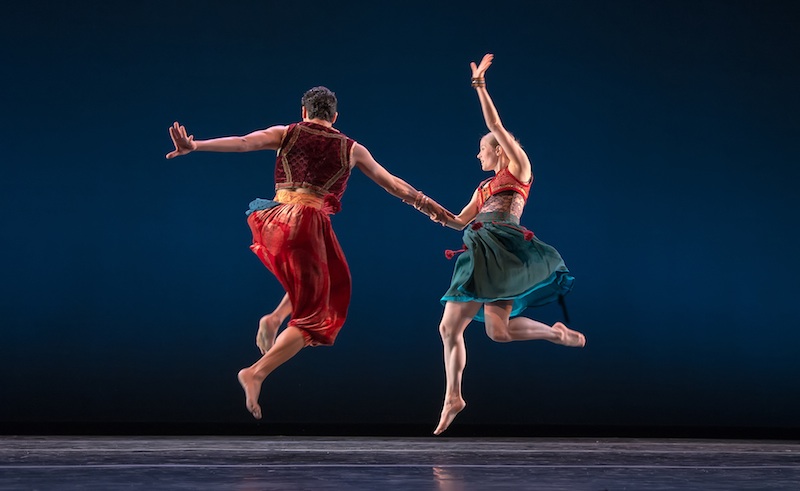
The second premiere acknowledged the thirty year association of performer Roxane D’Orleans Juste (now also associate director) with the company. The spirituality of She Who Carries the Sky by choreographer Dianne McIntyre sustained the piece and no matter how choreographically thin the material, it is a treat to see this inspired performer committed to what is given to her.
The music of Chopin’s “Mazurkas” - although by now overly familiar - is given new life by José Limón’s varied and original rhythmic and melodic exploration from 1958. In a staging by Sarah Stackhouse, the juxtaposition of unison and canon in the group sections is a glorious testimony to the choreographer’s craft. Despite the fine playing by pianist Vanessa Perez, the performers rarely get to soar. What holds them back? The drab costumes? The unimaginative lighting design? Dancer Durrell Comedy transcends and leaves me with the gift of a feeling that inspires a kinetic response of wanting to get up and dance. There is hope.
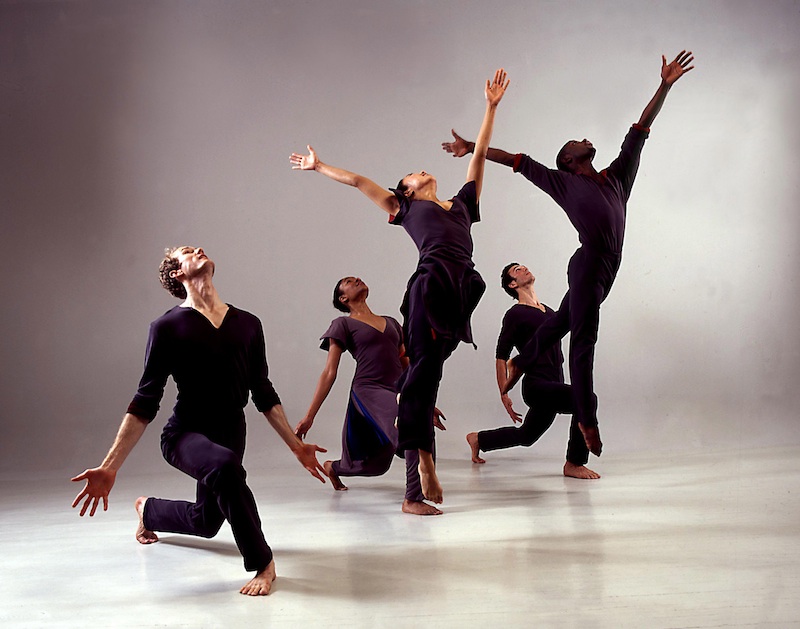
Hope is a central theme in Limón’s PSALM, first performed in 1967, and re-staged by the company’s long-time artistic director Carla Maxwell. PSALM has been performed since 2002 to a newly commissioned score by composer Jon Magnussen. The music is in part as magnificent and haunting as the dance, but there is too much of it. The sometimes sweeping at other times intricate rhythmic foot patterns are too often overpowered by the accompanying sounds. Rather than augmenting the dance, the relentless music diminishes the rich dynamic layers of the movement. PSALM feeds the communal spirit, because it is deep and rich. The way Limón breaks up groups and has them circle and crisscross the stage space makes it appear as if there were hordes of people rather than the mere 13 members of the company. It is a masterful work.
As much as I was moved by the earnest presentation of Limón’s choreography, I wondered what took away the magic that I felt when I first saw the company almost thirty years ago. Back then I was uplifted by the sight of tall and powerful men who seemed to grow wings and took risks throwing their weight around the playing field we call a stage. I could not wait to join them. As fine as the current men in the company are as dancers, too many are diminutive in stature. This look reduces the company to chamber size and makes the work look staid. Limón’s extraordinary art needs a wider wingspan. The world of dance owes much to the Limón heritage and will benefit by keeping his work not on a precious pedestal, but alive and full-blooded and front and center.





